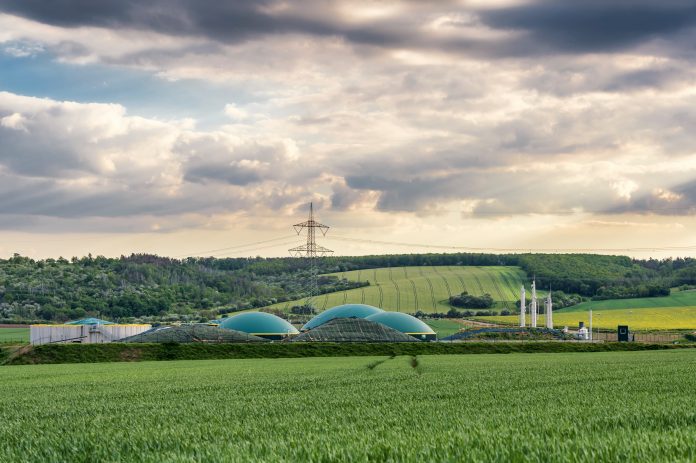The European Commission has approved an Italian scheme, through the Recovery and Resilience Facility (‘RRF’), to support the construction and the operation of new or converted biomethane production plants
The European Commission has approved an Italian scheme, through the Recovery and Resilience Facility (‘RRF’), to support the construction and the operation of new or converted biomethane production plants.
This measure is part of Italy’s wider strategy to reduce greenhouse gas emissions and increase its share of renewable energies.
Reducing dependence on Russian energy
The EU scheme, approved under EU State aid rules, will also contribute to the objectives of the REPowerEU Plan to reduce dependence on Russian fossil fuels and fast forward the green transition.
Executive Vice-President Margrethe Vestager, who is in charge of competition policy, commented: “The Italian aid scheme we have approved today will boost the EU’s production of sustainable biomethane for use in the transport and heating sectors, in line with the REPowerEU Plan.
“The Italian aid measure, which will be partly funded by the Recovery and Resilience Facility, will help Italy meet its emission reduction targets, reduce its dependence on Russian fossil fuels and improve its security of gas supply while limiting possible distortions of competition.”
Supporting sustainable biomethane production
The scheme notified by Italy will run until 30 June 2026 and will be partially funded by the RRF.
The aim of the scheme is to support the production of sustainable biomethane in the national gas grid for use in the transport and heating sectors.
The EU is focussing on the promotion of the construction and operation of new or converted biomethane production plants in Italy.
However, in order to qualify for aid under the scheme, the biomethane production must comply with the requirements set out in the EU Renewable Energy Directive.
In terms of the transport sector, only the production of advanced biomethane will qualify for aid. This is because it is the most sustainable and environmentally friendly fuel and will therefore help the EU achieve its climate and energy objectives.
How will the grant be delivered?
The aid will be granted in the form of the following:
- Investment grants amounting to a total of €1.7 billion. These will be paid at the end of the construction phase to all supported projects. The amount of aid per project will cover up to 40% of the eligible investment costs.
- Incentive tariffs are estimated at a budget of €2.8 billion. These grants will be paid during the project operations for a 15-year period. The tariffs, expressed in €/MWh, will be decided in a competitive tender on a pay-as-bid principle.
A transparent and non-discriminatory bidding process will determine which projects will be put forward. The first call for projects will start in 2022.
Biomethane production plant proposals need to be completed by 30 June 2026 to benefit from the funding.
The European Commission’s assessment
The Commission assessed the scheme under EU State aid rules, in particular Article 107(3)(c) of the Treaty on the Functioning of the European Union (‘TFEU’), which enables EU countries to support the development of some economic activities subject to conditions, and the Guidelines on State aid for climate, environmental protection and energy 2022.
The Commission found that: “The scheme facilitates the development of certain economic activities, in particular the production of sustainable biomethane.
“The aid has an ‘incentive effect’, as the beneficiaries would not carry out the investments in sustainable biomethane production to the same extent without the public support.
“The measure has a limited impact on competition and trade within the EU. In particular, it is necessary and appropriate to reduce dependence on Russian fossil fuels and fast forward the green transition.
“In addition, it is proportionate and any negative effect on competition and trade in the EU will be limited in view of the size of the projects, the aid amounts and the characteristics of the sector.
“Moreover, necessary safeguards limiting the aid to the minimum will be in place, including a competitive bidding process for awarding the aid and a claw-back mechanism in case of market price increases.”











